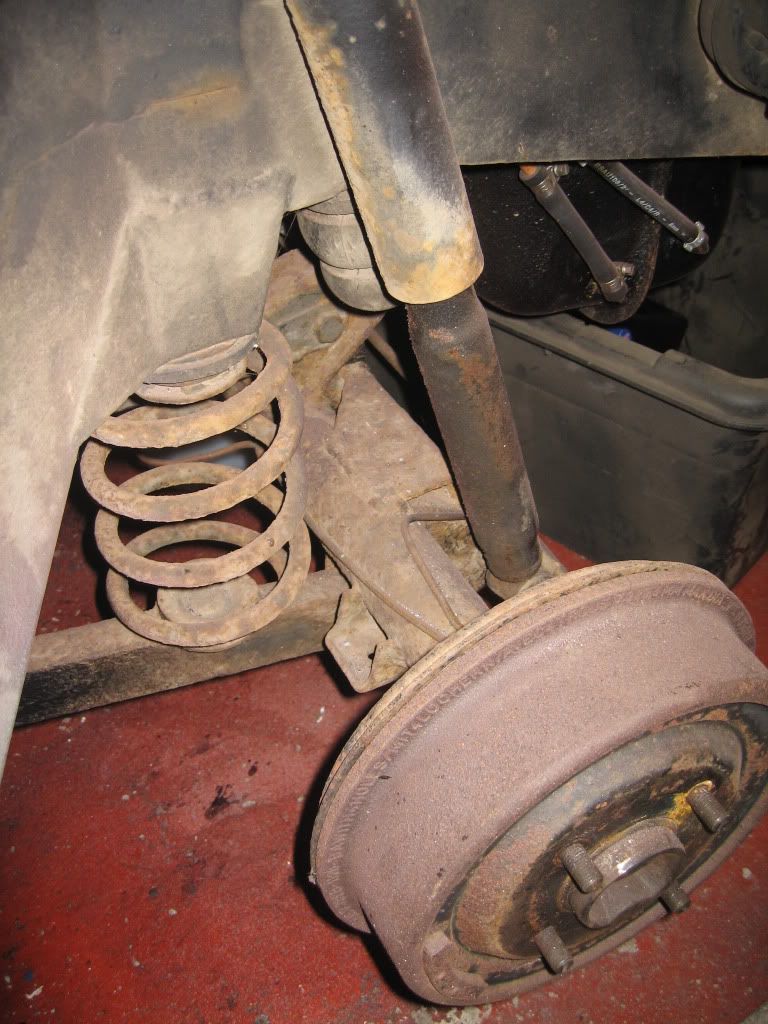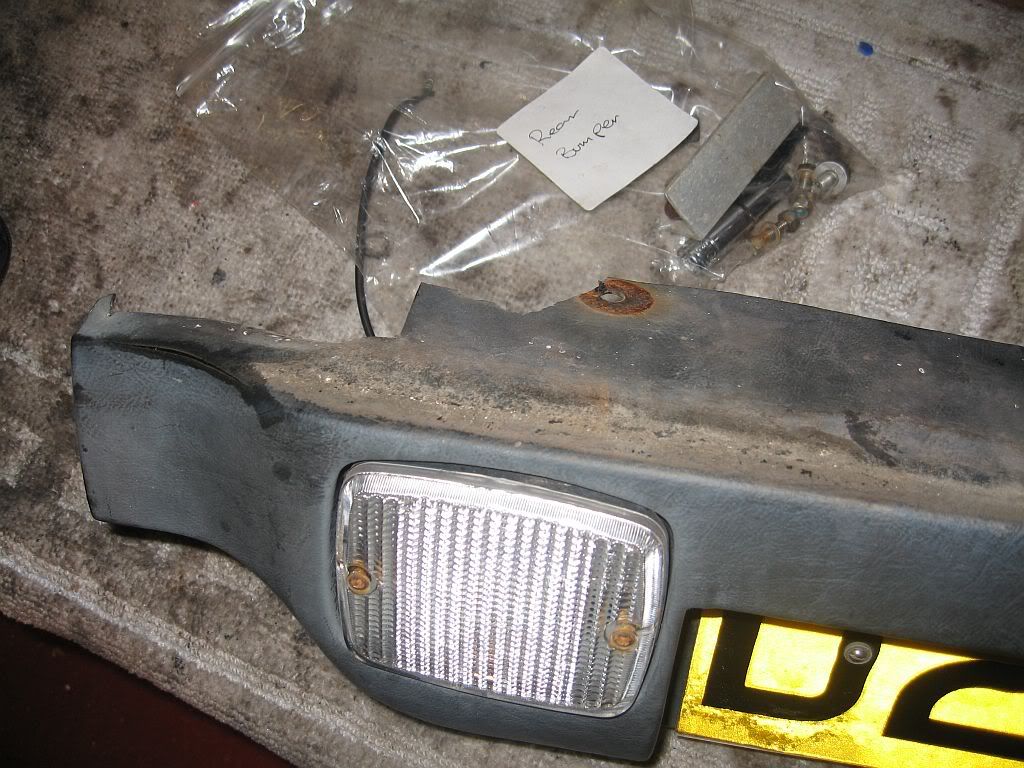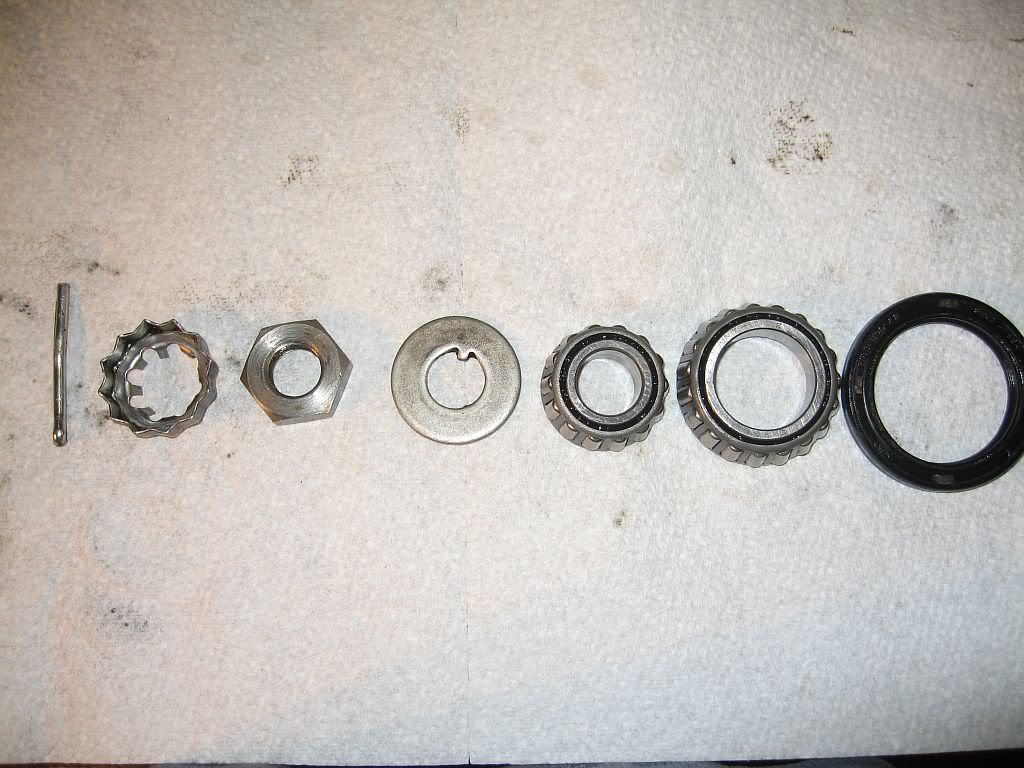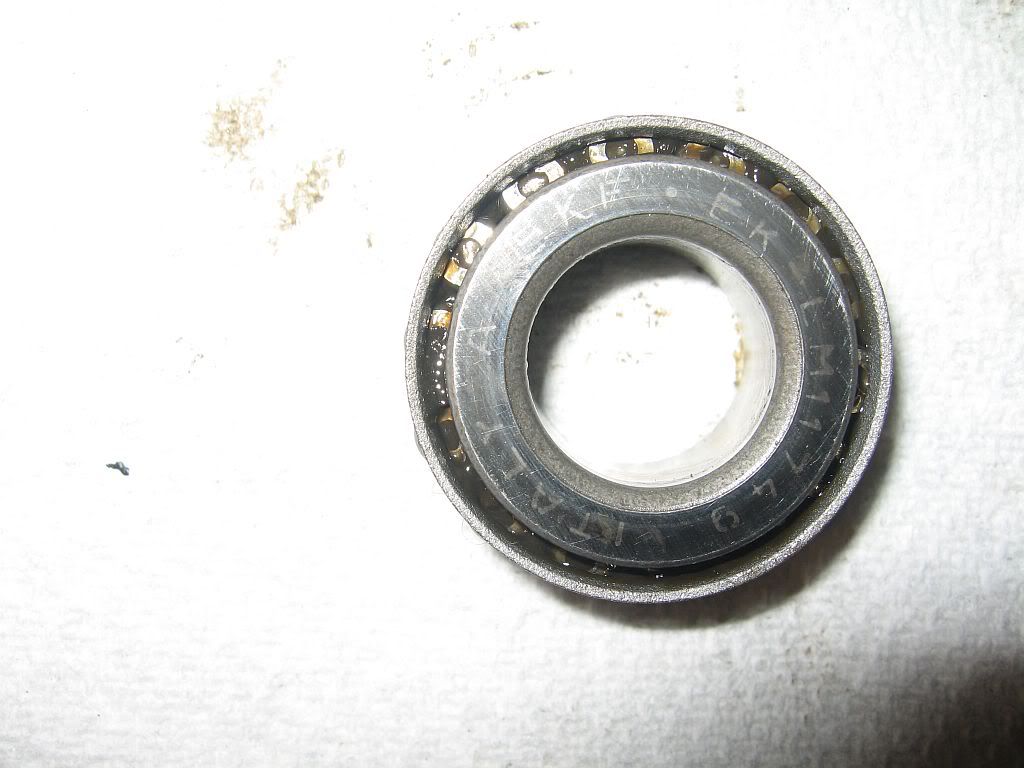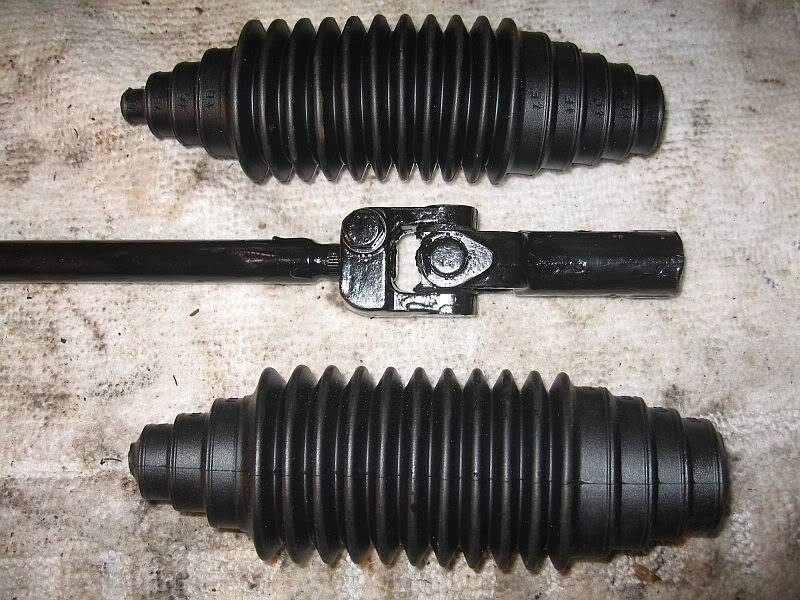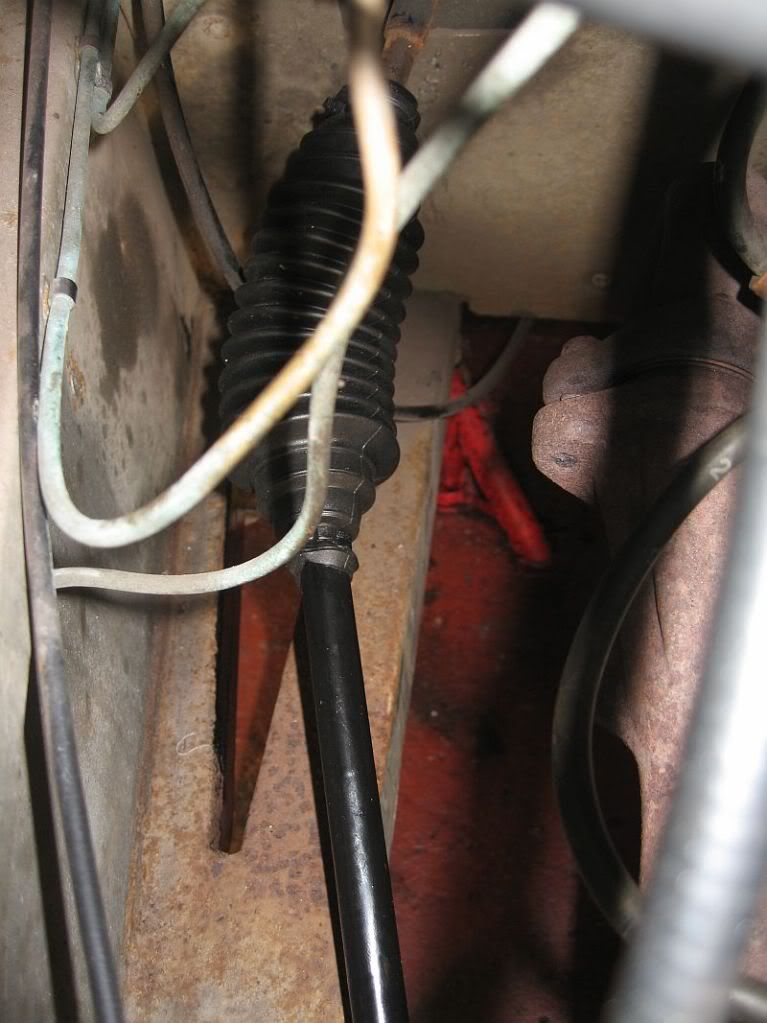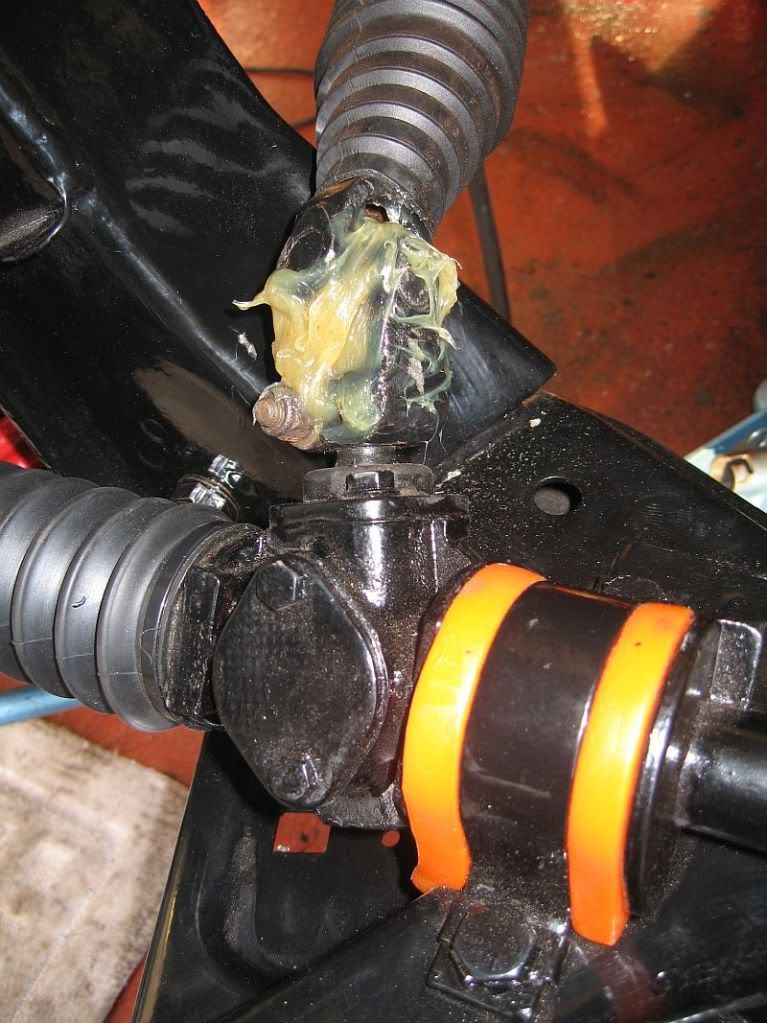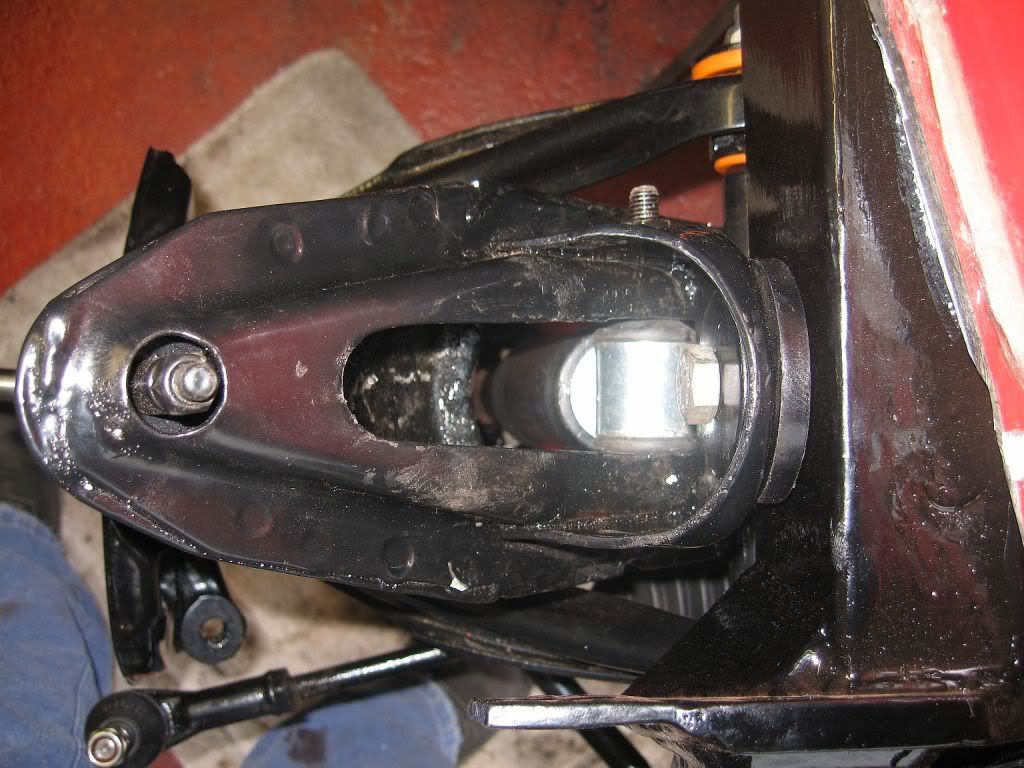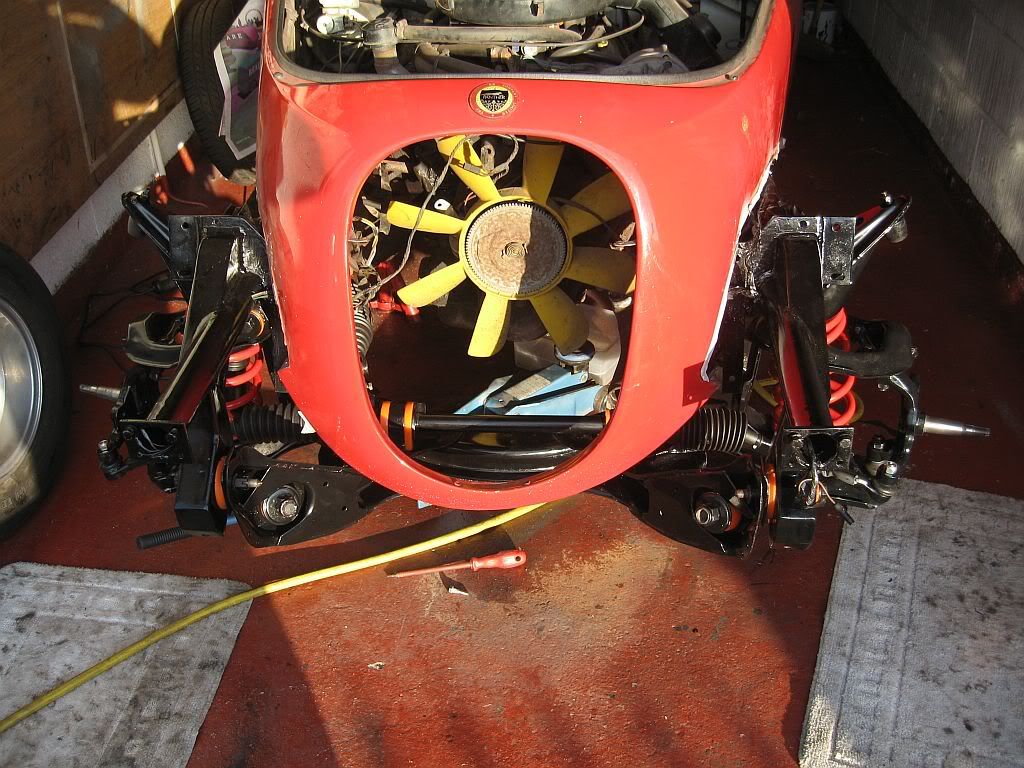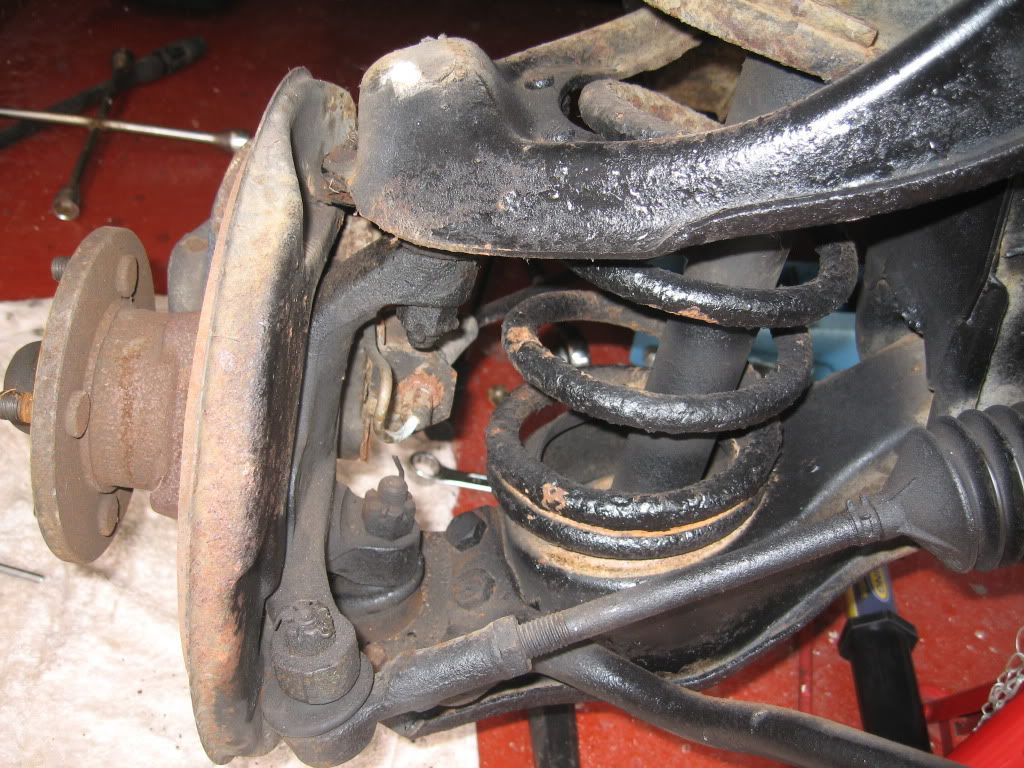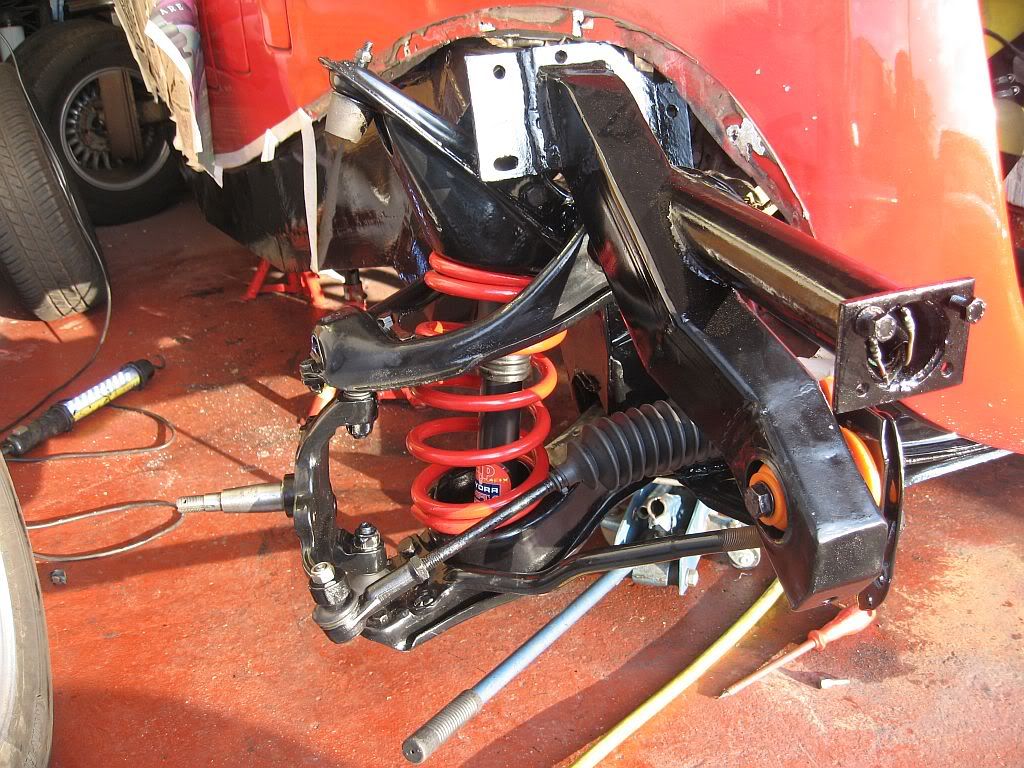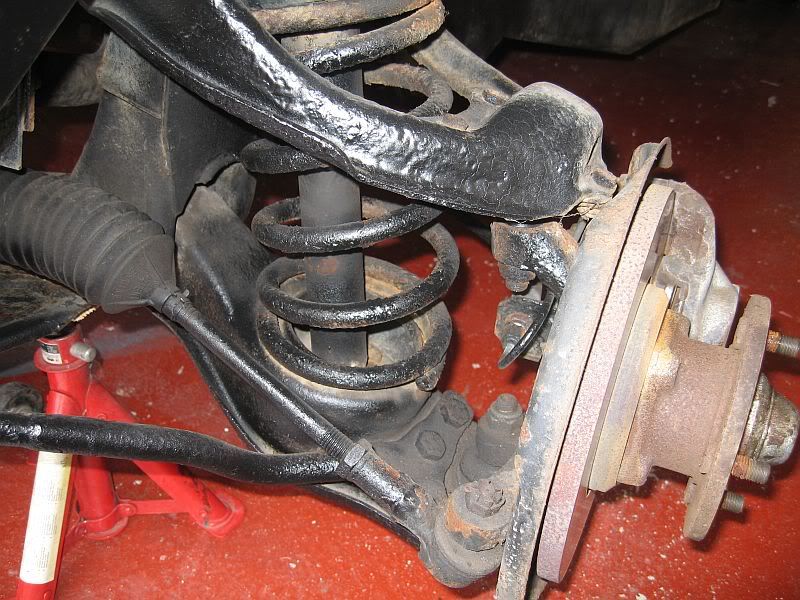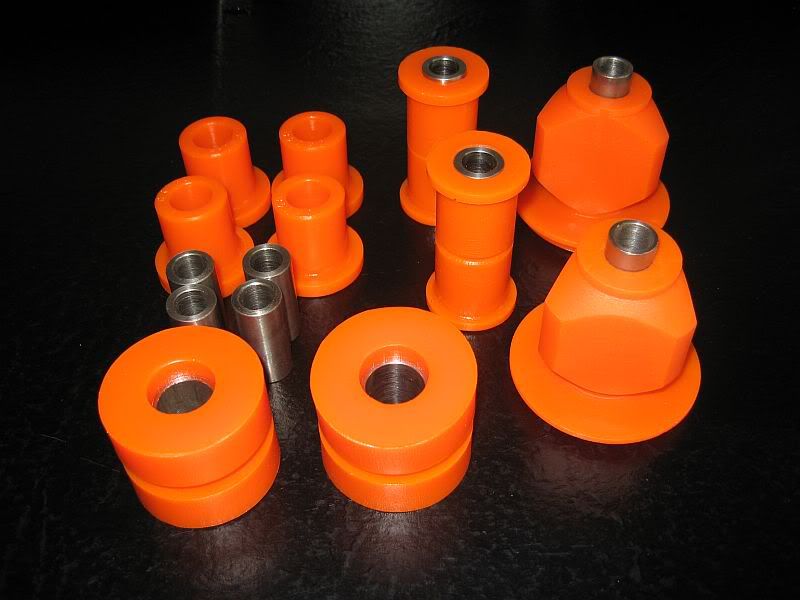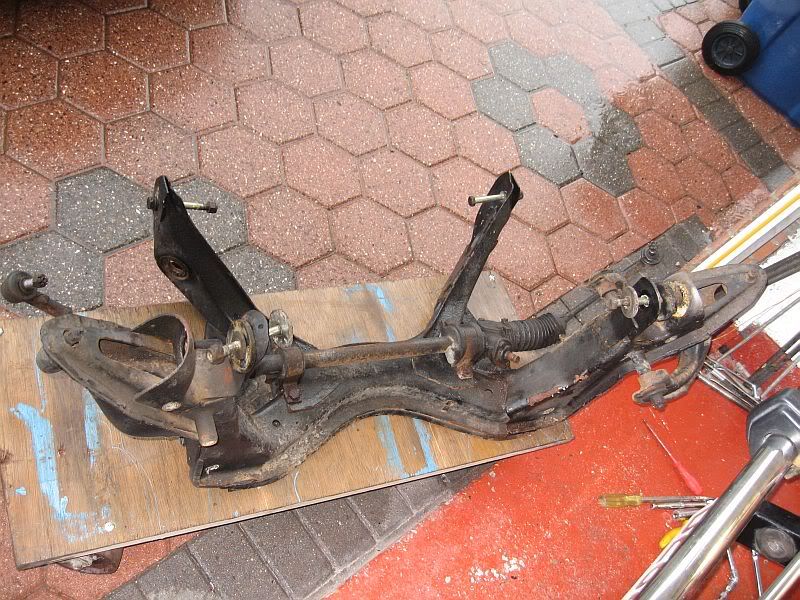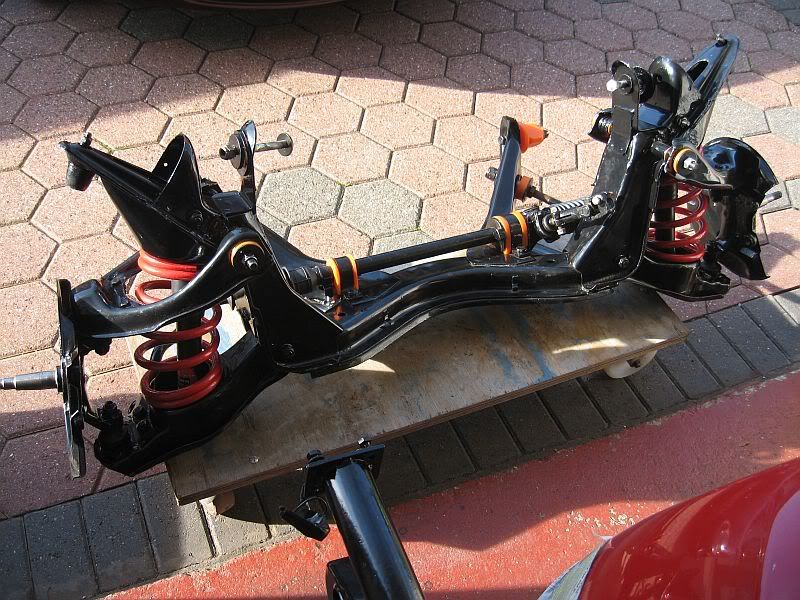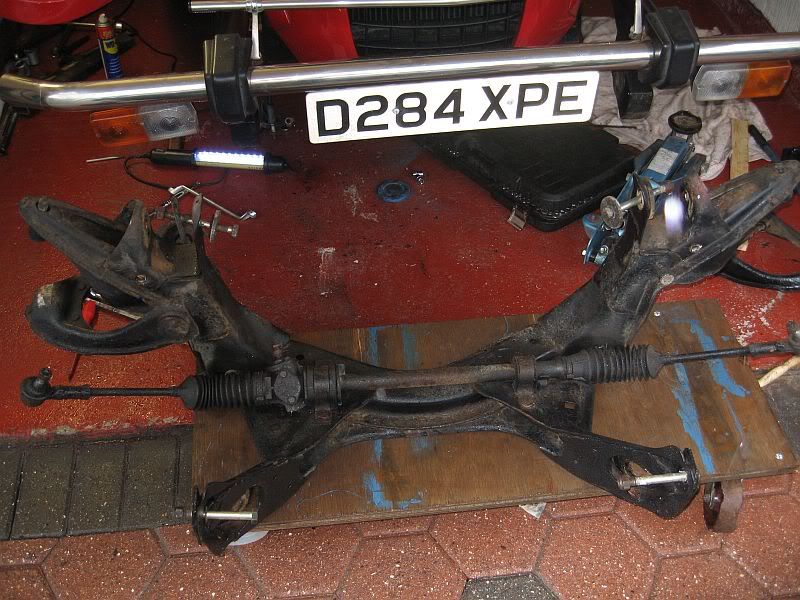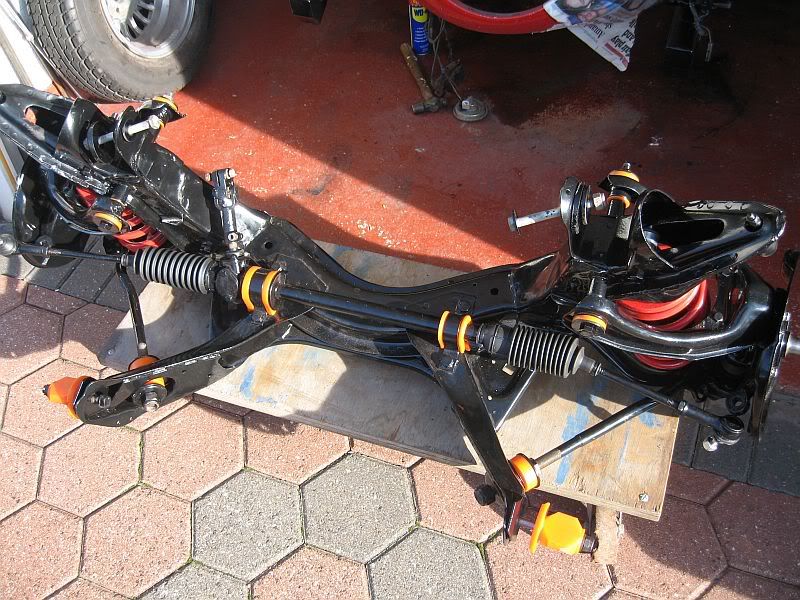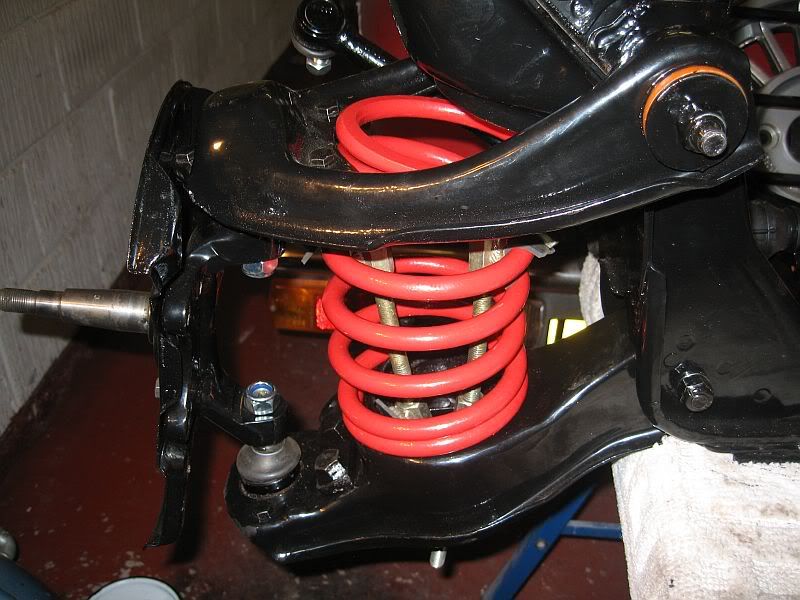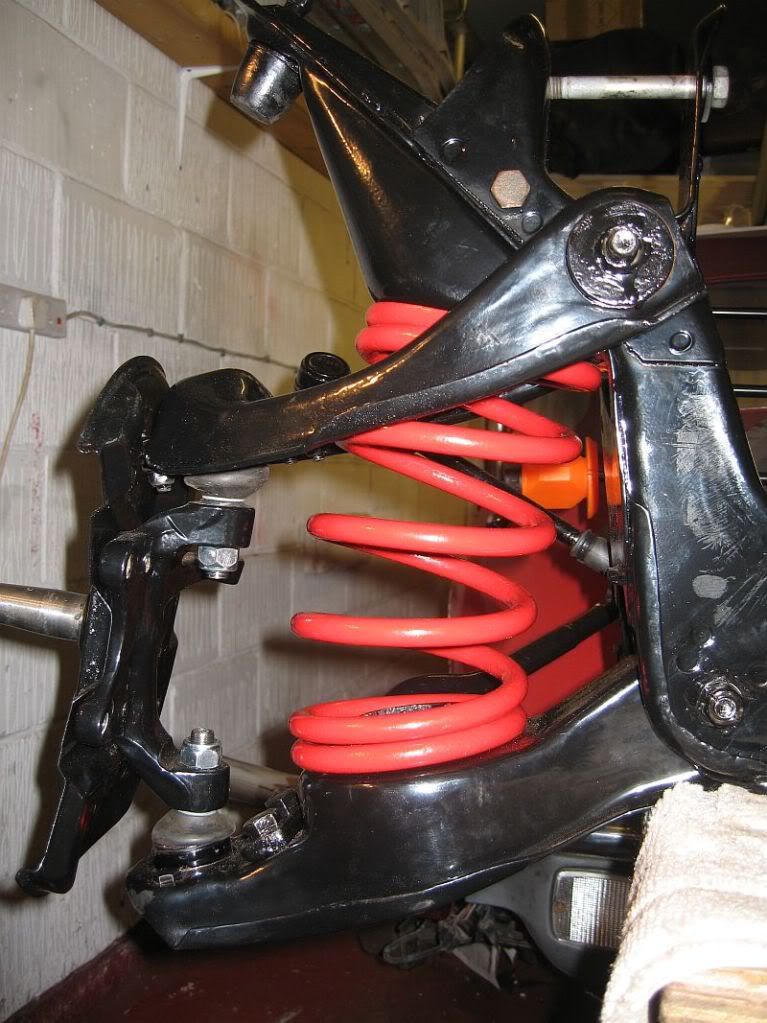Well the last bolt went into the subframe today and what a happy chappy I was.
First I had to go hunting for the new nuts and bolts, I also received an email from Terry concerning the positioning of these bolts and the importance of getting them in the correct way around. I never thought that this was an issue but as Terry explained the join area is a potential shear point as a number of owners have found out. You need to fit the bolts from the inside to the outside keeping the threads away from the scissor action
The new bolts are stainless 12mm x 100mm 8.8 tensile strength and at Terry's suggestion I replaced the normal nut with a dome nut to give a nice clean finish. I was a bit worried about maintaining the tightness of the dome nuts so belt and braces I fitted a spring washer and also a good dab of thread lock, never coming off and at only £2.40 for both side I was well surprised
All that's left is to tighten the track rod ends and the tie rods but I shall leave this and do some basic tracking when the wheels are on so it will drive safely to the garage for its MOT and pro tracking.
I also fitted the other hub after a good strip and clean of the bearing, weather caps on and all done.
So that's that now for the back end.
I have spent most of the day studying the rear underside and taking lots of photo's, I was going to push the car out to turn it around for easier access but a reworking of the work area in the garage has canceled this move.
It seems that everything that contains oil in this car leaks, the diff being no different, it looks like the oil seal has gone. There is nothing on the garage floor but as you can see from the photo the oiling around the diff, hopefully it is just the cover gasket that is leaking.
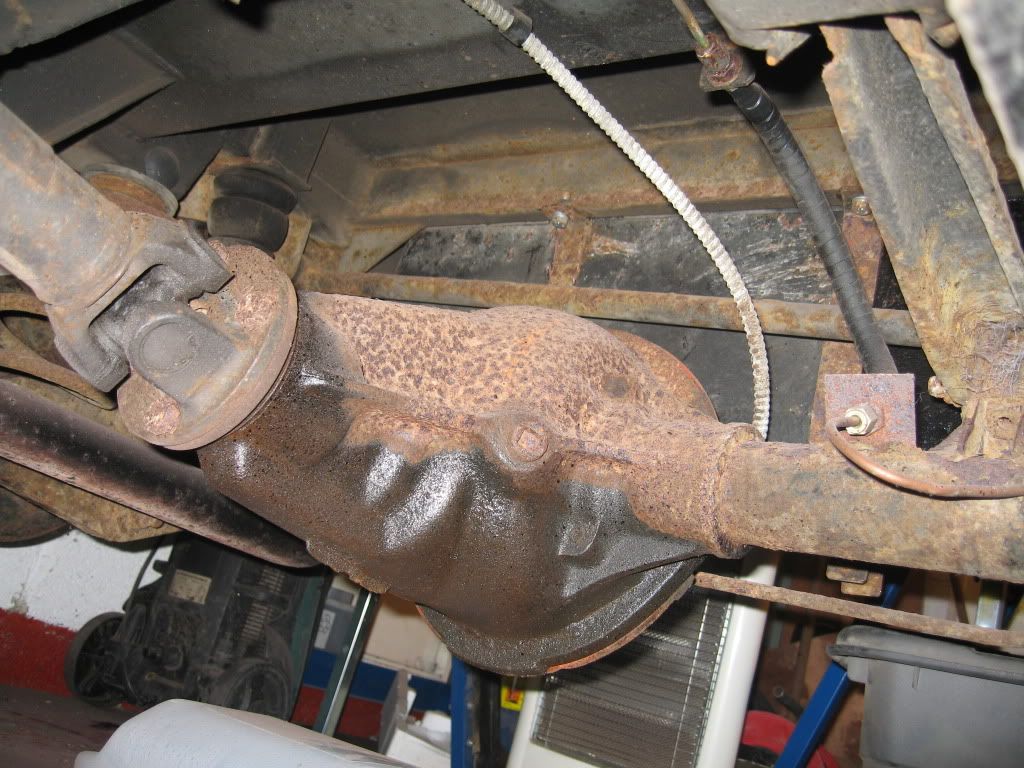 |
| Diff oil leak |
Anyone who has read this blog from the start and seen the state of the front suspension will not be at all surprised by the condition of the back end, but as with the front its only surface rust and underneath is good steel and will look like new with a good blast and powder coat.
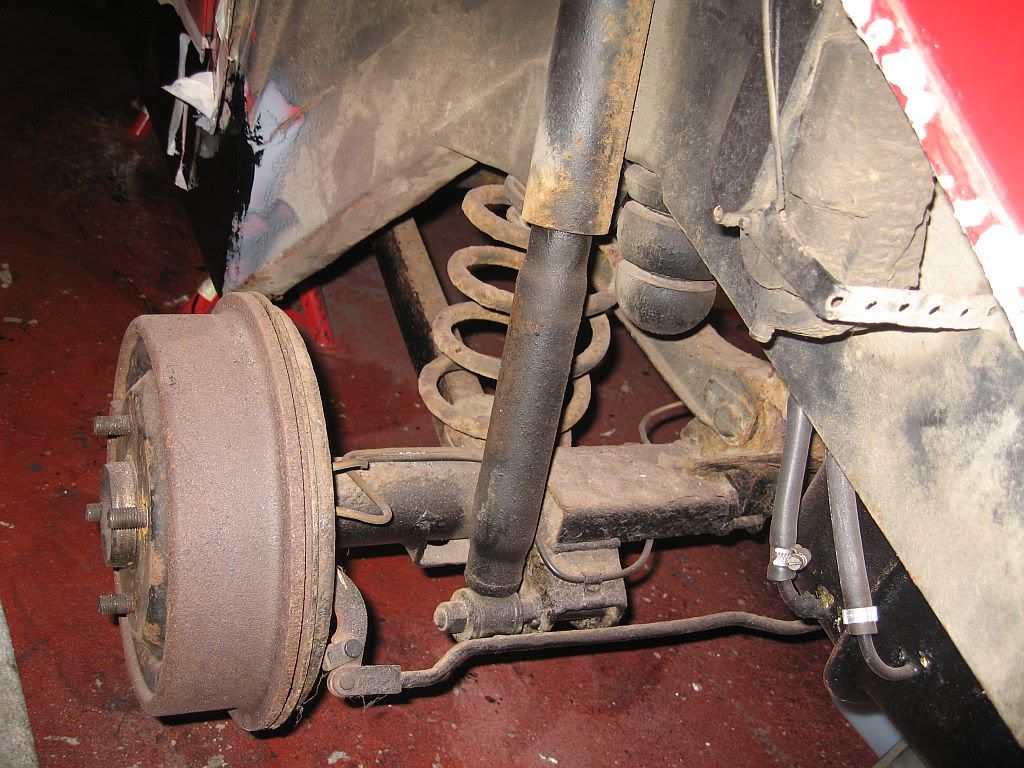 |
| Pass side rear suspension |
Well got to start somewhere:- so
First off is the rear exhaust pipe, this had a new U clamp on which came of easy, then I got wondering what the drums were like so off they came.
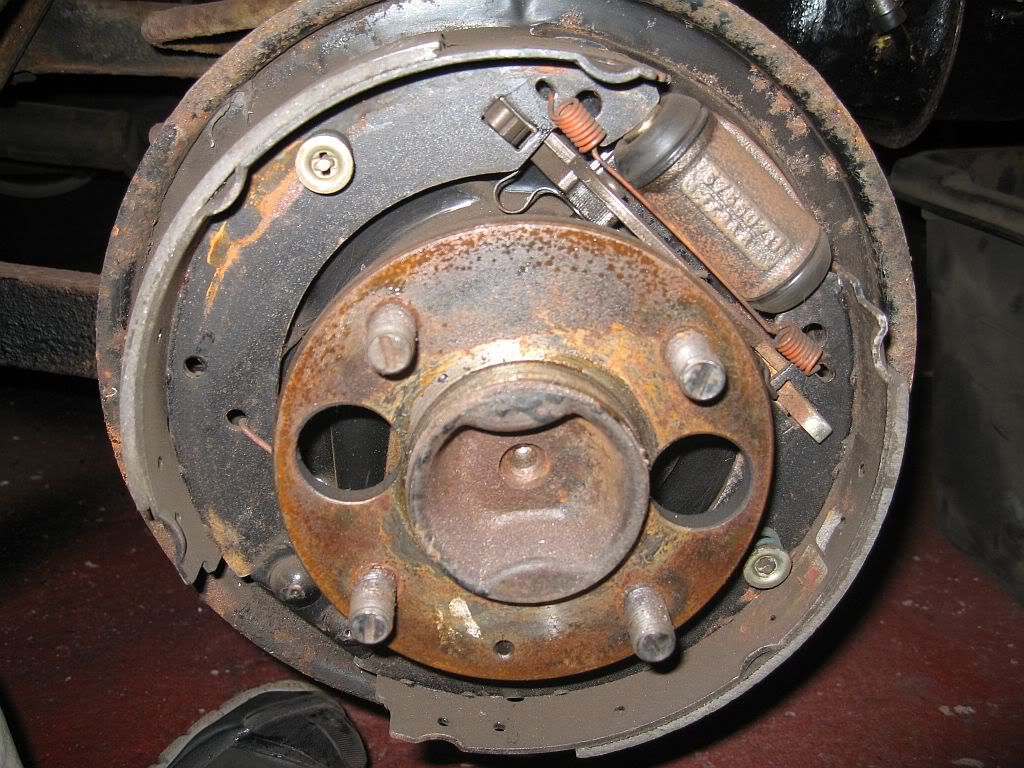 |
| Drum brake |
The inside of the drums looks good just the surface rust on the outside, I'll have these powder coated. The inside are a bit seized as you would expect after so long unused, I have over my numerous years owned around 15 cars yet I have never stripped down a drum brake, disc brakes yes but never drums. Looks a bit daunting but what the hell I'll give it a go. The bearing sound Ok but will check when I tear it apart.
Next to come off was the spare wheel, luggage rack, number plate, lamp cluster and bumper. I have labeled all of the wiring as I removed it and found a bit of damage that will need sorting.
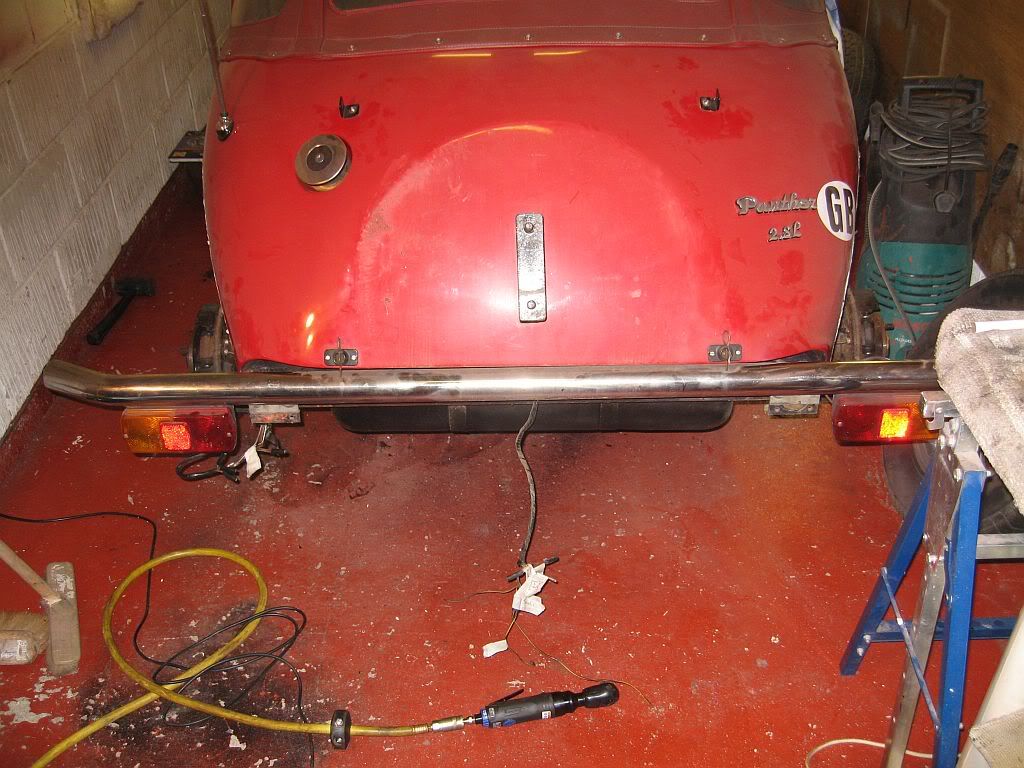 |
| Sad back end |
The damage is to the number plate / lamp cluster holder, this is just flimsy plastic, also all of the lamps will need replacing. I shall contact Bruno to see if he has a new one and lamps and also order new Spax dampers.
You can see the broken section by the rust stained area, if a new one is not available I shall repair and fiberglass the inside to give it more strength. The break had been looked at in the past as a newish piece of angle ally was bolted on to keep it in place. The number plate could do with replacing but as this one is the original Panther plate I shall give it a good clean and re-fit it.
Once the bumper was off I started looking at the fuel tank, part of the work done to the car before I bought it was the fuel system. All of the the pipe work from the tank to the fuel pump has been replaced also there are new stainless bolts in the tank brackets. The brackets need replacing so I shall make 2 new one's up in stainless. I never finished removing the fuel tank, got to figure that one out so that's tomorrows job. 'O' yes and drop the whole rear axle suspension unit. Just a little job.
See ya Paul


